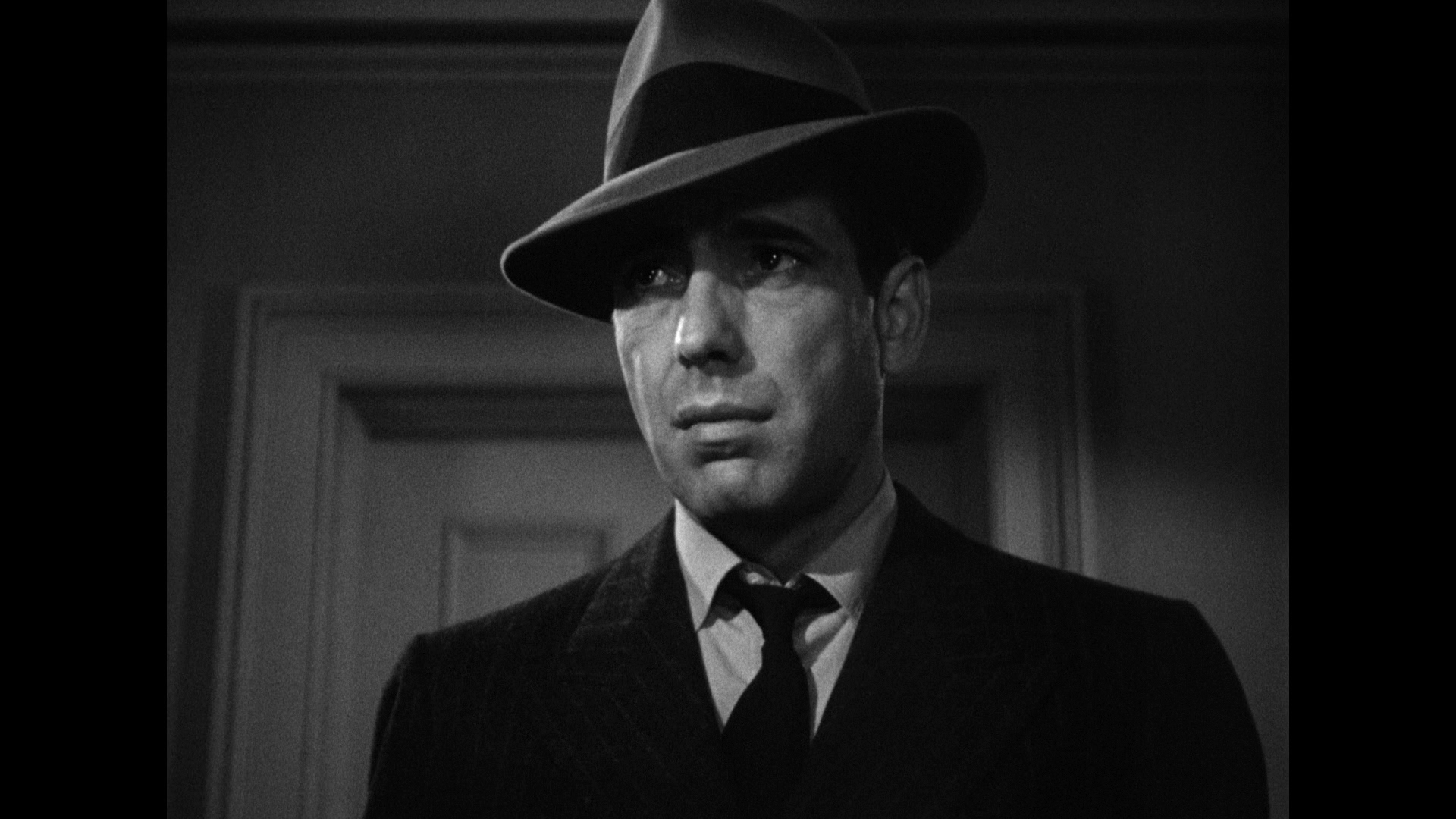3 point lighting
Today I am going to be talking about 3 point lighting. 3
point lighting is used to make scene clearer when filming, so say
a character is in a dark room you want to make the character face as
visible as possible so you add a key light. When you add the key light
one side of the character face is still a bit darker. So you add a fill
light which is more focus and dimmer than the key light to the
opposite side of the face. Giving the camera a clear image of the face but you
cannot see the back or side of the face or even the background clearly so
you add a back light which gives you a brighter clearer image.
High Key Lighting
A High Key is used to create a large amount of light around a subject which is linked to 3 point lighting.
Low Key Lighting
A Low key Lighting is using little amount of lighting which is used to create suspense in the horror or dramatic thriller genre.


